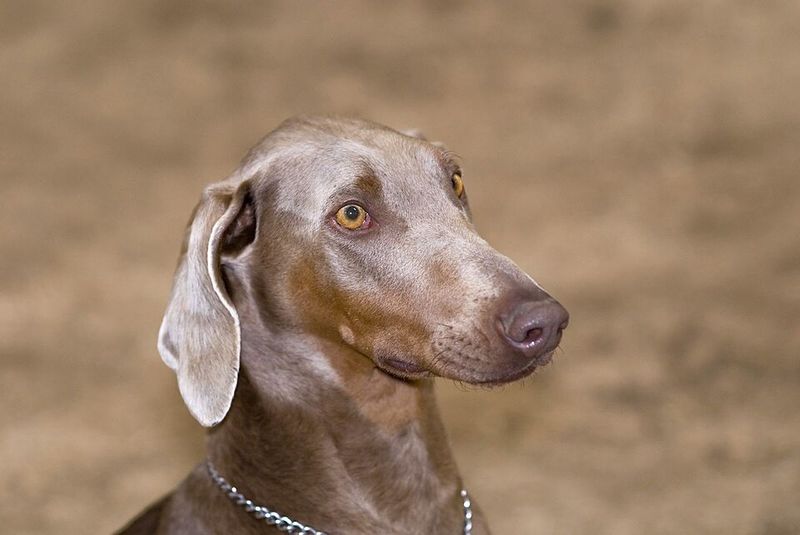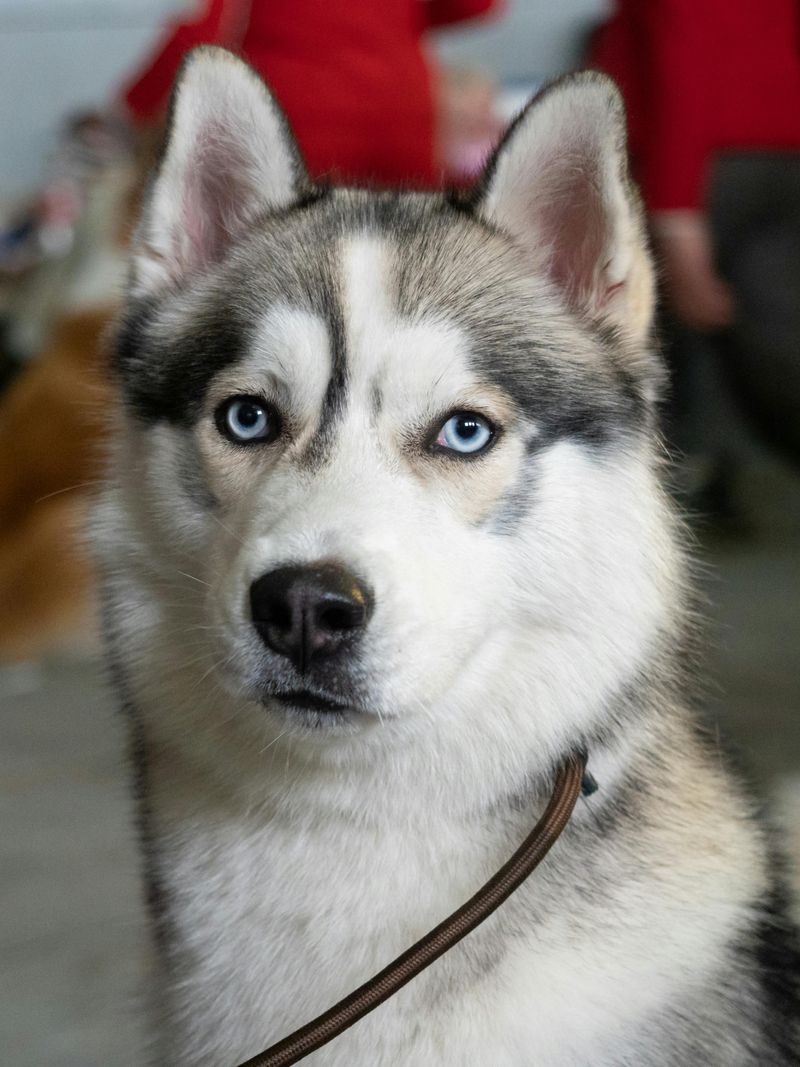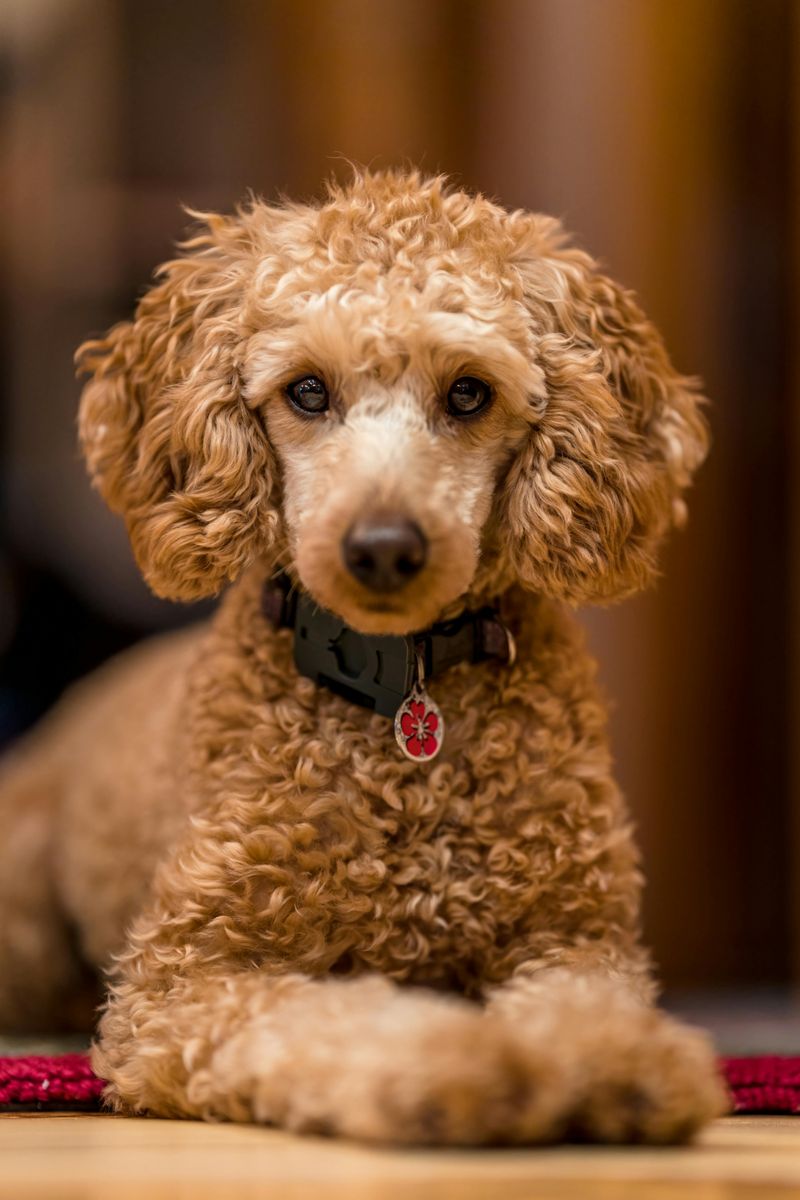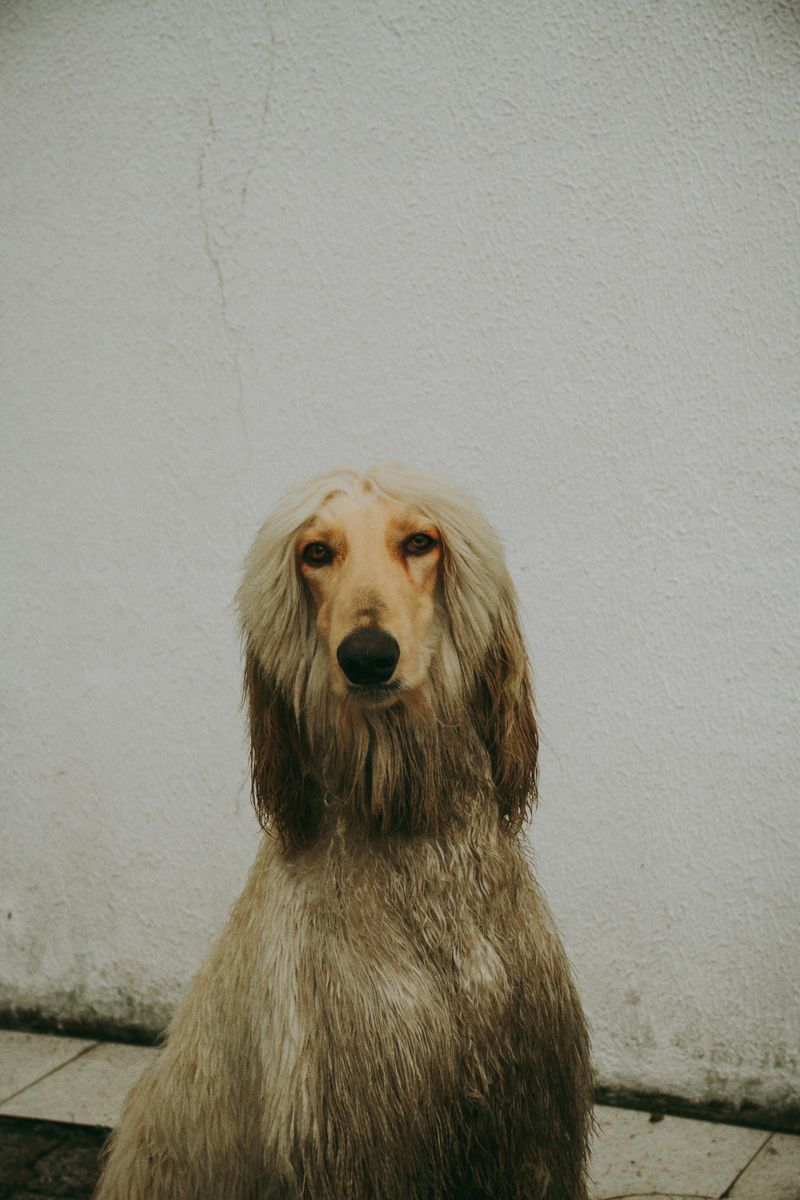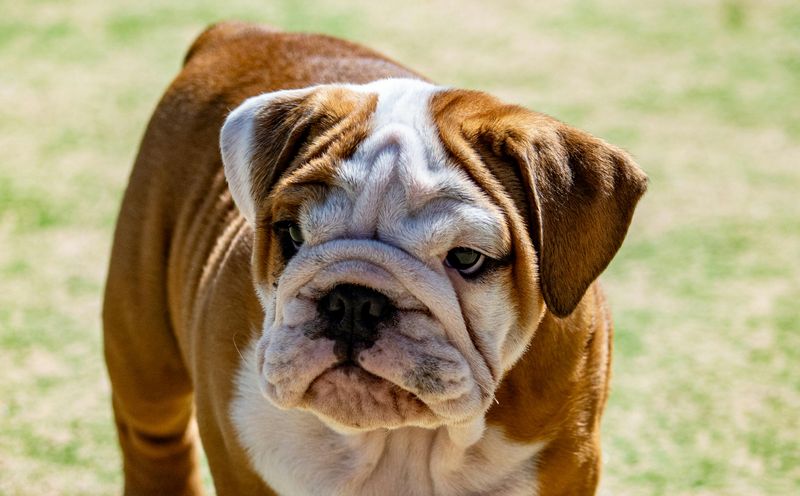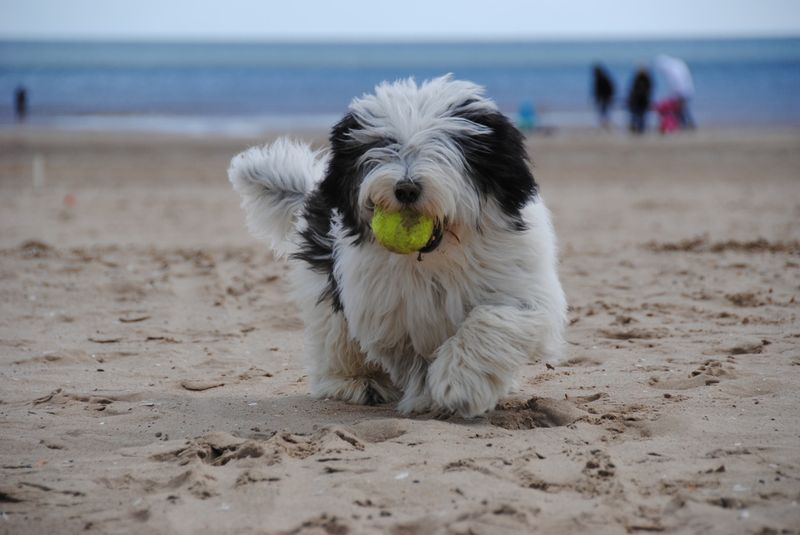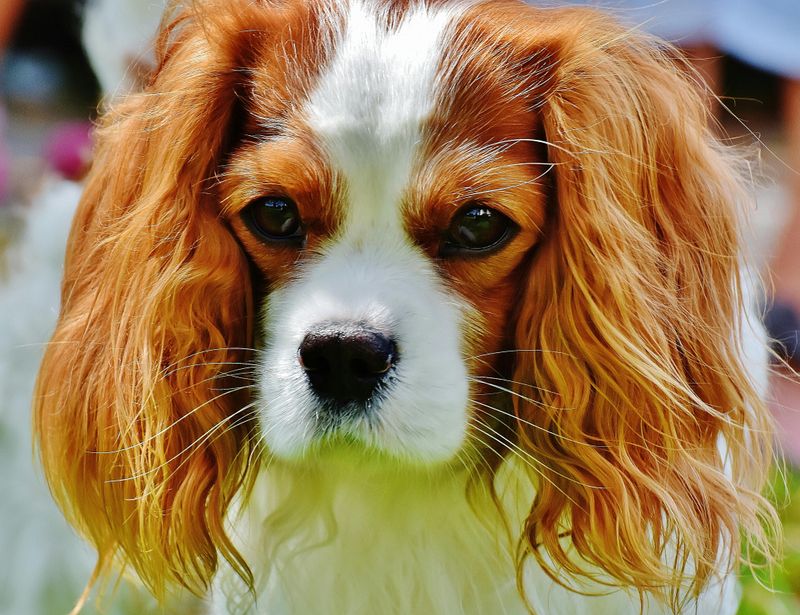Understanding the different types of dog coats is essential for proper grooming and care. Each coat type has its own unique needs, ensuring your furry friend stays healthy and happy. Here are nine common dog coat types, along with tips on how to care for each one effectively.
Smooth Coat
The sleek, shiny appearance of a smooth coat dog is eye-catching. Breeds like the Doberman or Boxer boast this type of coat, which lies flat and is relatively easy to maintain.
Regular brushing is essential to remove loose hairs and maintain that glossy look. Use a rubber brush or grooming mitt once a week for best results.
Bathing should be occasional, as over-washing can strip the natural oils. A gentle shampoo will keep their coat looking its best. Avoid harsh chemicals to preserve their natural shine.
Double Coat
With an insulating undercoat and a protective topcoat, double-coated dogs like the Siberian Husky or Golden Retriever relish in cold weather. This coat type requires regular maintenance.
Frequent brushing is crucial during shedding seasons to manage excess hair and prevent matting. Use a slicker brush or undercoat rake.
Avoid shaving, as the double coat regulates temperature. Regular baths with a mild shampoo will keep their skin healthy and coat vibrant. Take care not to over-wash.
Curly Coat
Curly coats, found on breeds like Poodles and Bichon Frises, offer a unique aesthetic but require diligent care. Their dense curls can easily mat if neglected.
Regular grooming is a must, with professional trims every 4-6 weeks. Daily brushing helps prevent tangles and keeps the coat looking neat.
Moisturizing shampoos and conditioners are recommended to maintain their curls’ bounce and health. Avoid skipping grooming sessions to prevent discomfort.
Wire Coat
Wire coats have a unique texture, seen in breeds like the Wire Fox Terrier and Schnauzer. This coat type is known for its wiry, rough feel.
Hand-stripping is the traditional grooming method for wire coats, removing dead hairs by hand to maintain texture. Regular brushing helps keep the coat tidy and mat-free.
Bathing should be minimal, using a gentle shampoo to avoid softening the coat. This helps maintain its characteristic wiry texture.
Long Coat
Long coats, like those of the Afghan Hound or Shih Tzu, require regular attention to prevent tangling and matting. Their elegant appearance demands consistent care.
Daily brushing is essential to manage tangles and debris. A pin brush or comb works well for gently untangling knots.
Regular baths and conditioning treatments keep the coat smooth and shiny. Trim the fur around the feet and ears to maintain a neat appearance and prevent dirt accumulation.
Short Coat
Short coat dogs, such as Bulldogs and Beagles, have dense fur that’s easy to manage. Despite their low-maintenance reputation, they need regular care.
Weekly brushing removes loose hairs and keeps the coat healthy. A bristle brush works well for this task, promoting natural oils.
Baths can be less frequent, but ensure a good rinse to avoid skin irritation. Keep an eye out for skin issues, as short coats provide less protection.
Corded Coat
Corded coats are fascinating and distinct, seen in breeds like the Komondor and Puli. These coats naturally form dreadlocks.
Maintaining a corded coat involves careful separation of the cords to prevent matting. This process requires patience and practice.
Bathing is infrequent but thorough, ensuring complete drying to avoid mildew. Dedicated grooming keeps cords clean and healthy, showcasing their unique appearance.
Hairless
Hairless breeds like the Xoloitzcuintli or Chinese Crested offer a unique grooming challenge. Without fur, their skin needs protection and care.
Regular baths with gentle shampoo keep their skin clean. Moisturize to prevent dryness and protect against sunburn with pet-safe sunscreen.
Inspect their skin frequently for any issues, as it’s exposed to the elements. Their unique appearance requires diligent care to maintain skin health.
Combination Coat
Combination coats, often seen in breeds like the Cocker Spaniel, feature varied fur textures. This requires a tailored grooming approach.
Regular brushing is key to managing tangles and mats, using a slicker brush or comb. Pay attention to areas prone to knots, such as behind the ears.
Bathing should be regular, with attention to the different fur types. Trim long areas to prevent dirt accumulation and ensure a neat appearance.

